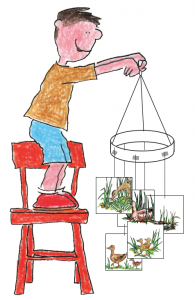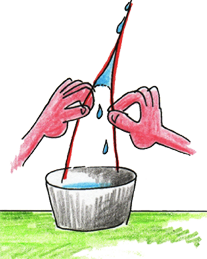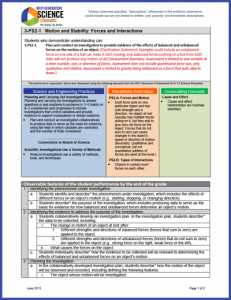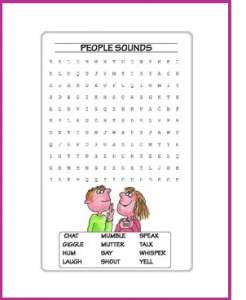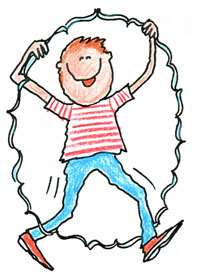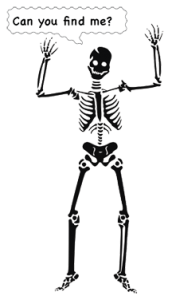Are your students learning about the life cycle of a frog, bird, bug, whale, or cat? Are you collecting resources to meet NGSS 3-LS1-1? (Develop models to describe that organisms have unique and diverse life cycles but all have in common birth, growth, reproduction, and death.) With this FREE product, students cut apart squares that represent the stages in an animal’s life, glue them back-to-back with a piece of string between the images, and then suspend the images in a spiral from an embroidery hoop or a loop make from a folded piece of construction paper. Choose from blackline images, color images, or blank …
It’s 1985 and I’m a “new to science” teacher. The principal and the parents haven’t expected me to teach science, just the basics, so that’s what I’ve been doing. Then a life changing event occurs. Marie came to see me to talk about her son and offered to teach anatomy. Sure, I’m not teaching science, why not let her? Students who couldn’t pass a spelling test learn how to spell the muscles she was explaining. (Did you know the levator anguli oris, levator labii superioris, orbicularis oculi, risorius, zygomaticus major, and zygomaticus minor make it possible for you to smile?) Students who couldn’t focus in my lessons focus during hers. I …
Do you find a page from NGSS with several standards and the Science and Engineering Practices, and the Disciplinary Core Ideas, AND the Crosscutting Concepts all on one page to be a bit overwhelming?? Consider downloading the Evidence Statements. What are Evidence Statements? They are resources you’ll find at the Next Generation Science Standards web site.          In the pages shown above, you can see four physical science standards from third grade are saved on four different pages. Notice the grey boxes at the bottom of each page? That’s the  “Observable features of the student performance by …
A fun way to help students learn how to spell science terms is with seek-a-word puzzles. To get you started, try these FREE WORD PUZZLES from my Simply Science store, including: five senses people make sounds animals make sounds weather volcanoes layers of the Earth butterflies cells bones muscles circulatory system I’m still adding seek-a-word puzzles so check back often to see what’s new in my store. Let me know if you have a topic (and a list of terms) that you want me to add to the Simply Science store. To create your own puzzles, visit Discovery Education where you’ll find an easy puzzle maker. …
Do you have a pile of scrap paper, scissors, and a few minutes for a quick science demonstration? Challenge students to figure out a way to walk through the paper. If you have any students familiar with the activity caution them to explain after the demonstration. They might have a variation to share like a spiral cut or be able to help classmates with the activity! Fold a sheet of paper in half along the dashed line and then make the vertical cuts along the solid lines. Cut the center section of the fold itself along the heavy solid line. …
You might be surprised at what has been stored in bins, boxes, and closets from past science adoptions. It takes a bit of snooping and a willingness to sort through supplies that might be unfamiliar to you. I am amazed at the materials I have collected for my science class! The title of the post is a reference to an actual skeleton we found in a box. A bit of wire (unbent paper clip) and a cleaning and it was a great greeting when students came into our classroom! If you find supplies that may not be familiar to you, check with colleagues, the company online, …
A science lesson doesn’t have to take 40 minutes or even several sessions of 40 minutes. It needs to be focused on the science you’re presenting, be interesting, and, of course, be fun! I’m teaching inertia and gravity in a fifth grade classroom. Between my 40 minute classes I want to keep students interested and talking about the topic. I could use a few short demonstrations to review or reinforce inertia and gravity. Do you have a meter stick? Try this Center of Gravity demonstration. Do you have a large glob of clay to add to the meter stick? Try this Balancing …
